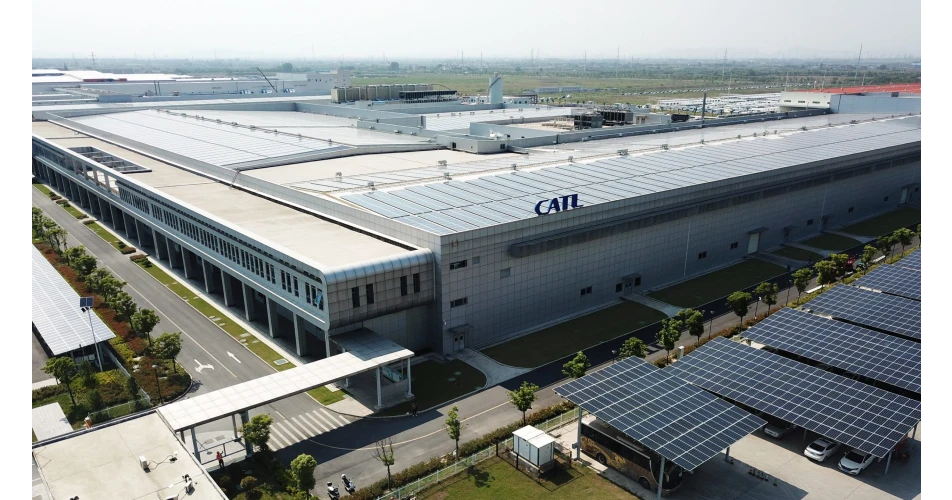Lighter, more efficient and longer lasting traction batteries, have been the aspiration of both battery and electric vehicle makers for many years. When we hear about EVs, we are constantly being told that a breakthrough in battery technology that will solve issues of range, battery degradation and weight is tantalisingly close, yet up to now the big breakthrough has remained a pipe dream.
However, recent news from Chinese battery maker CATL just might turn these dreams into reality, although how quick this may have an impact on our roads remains unclear.
You have probably never heard of the Contemporary Amperex Technology Co Limited (CATL) but the company is a leader in EV batteries, controlling more than a third of the global market and supplying many well known car makers. Its latest batteries have caught the eye, because they appear to solve many of the issues that have been holding EV development back.
In conjunction with Yutung Bus Co, CATL has launched a new battery pack that is said to have a 15 year lifespan and a 1.5 million km warranty. At present, most car makers will only stand over an EV battery for eight years or 160,000 km. CATL says the battery has zero degradation through the first 1,000 cycles.
The batteries will first be utilised in Yutong electric buses and commercial vehicles. The buses are already sold globally and Yutong would appear to have ambitions to introduce its CV offering to Europe. CATL is also currently building a battery plant in Hungary.
CATL has been making plenty of waves in the global battery sector recently having just unveiled TENER, the world's first mass-produced energy storage system, with zero degradation in the first five years of use. It is also developing 990 volt technology, that in theory, can charge an EV battery with a 400km range in just 10 minutes.
CATL also believes it is on the verge of some serious breakthroughs in terms of reducing EV battery costs and EV battery weight, two factors that are holding back electric vehicle sales. It is doing this by producing a condensed battery that can, it says, deliver almost double the power per kilo in battery weight.
Current conventional electric car battery designs have an energy density of about 260-watts per kilo. If CATL’s figures for its prototype “condensed” battery are to be believed, then it has managed to design a battery which can hold 500-watts per kilo. This could then either reduce EV weight by around 50%, or if the same weight is maintained, double an EV’s range.
So has CATL solved the weight, range and life span issues associated with current EVs and if it has how soon will this impact the market in practical terms.
Industry observers are still sceptical about all the claims, but the fact that CATL is actually prepared to warrant the new bus battery, seems to indicate the company has confidence in its technology. However, there are also a number of other factors that could slow progress.
Firstly, there is a degree of political push back, especially in the US, and to a lesser extent Europe, where there are strategic concerns about becoming over reliant on Chinese battery technology. There are also some indications that the Chinese ruling party do not want CATL to give too much away and would like to largely keep innovations to Chinese manufacturers.
A second factor could be the cost of the new batteries. These might be viable in a bus or CV that is going to cover many hundreds of thousands of kilometres in their lifetime, but might be too expensive for cars doing a lot less mileage. As such, it could be luxury or performance models, where price is less sensitive, that see the technology first.
With regard to condensed batteries, CATL may also be looking towards a bigger prize in terms of aviation. The promising early indicators about condensed battery technology and the significant weight reduction, could make commercial electrically powered aircraft a reality. If this technology comes to fruition, then CATL may well choose to direct, what are not unlimited battery raw materials, towards the lucrative aircraft sector in the future, meaning the impact on the automotive market is more limited.
Of course other battery developers will also be working on similar technology so the prospect of further battery breakthroughs remains high. However, problems with the development of charging infrastructure, cost, raw material issues and the little matter of driver acceptance, mean that EVs still have a awful long road ahead, to become a dominant force in the car parc.
